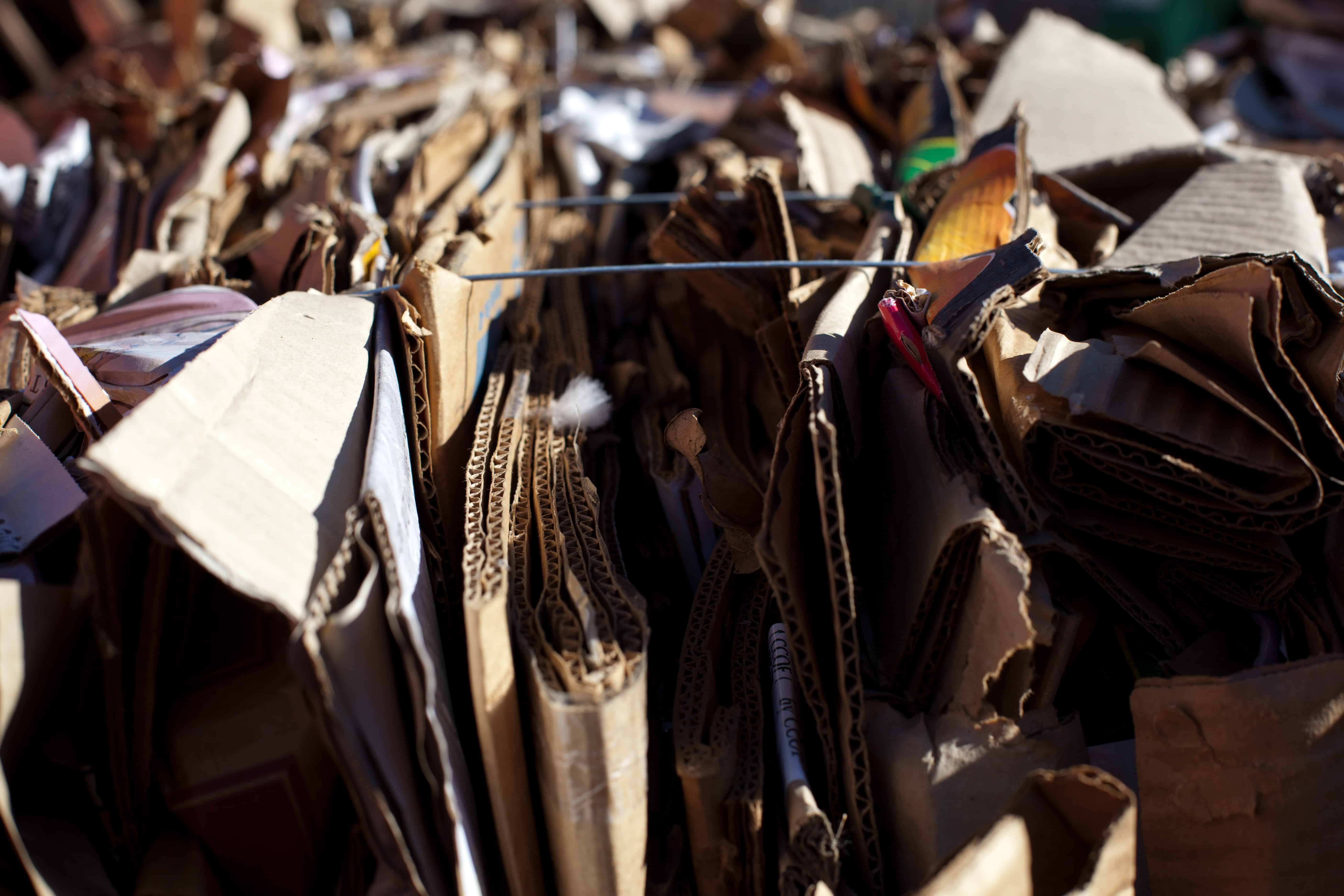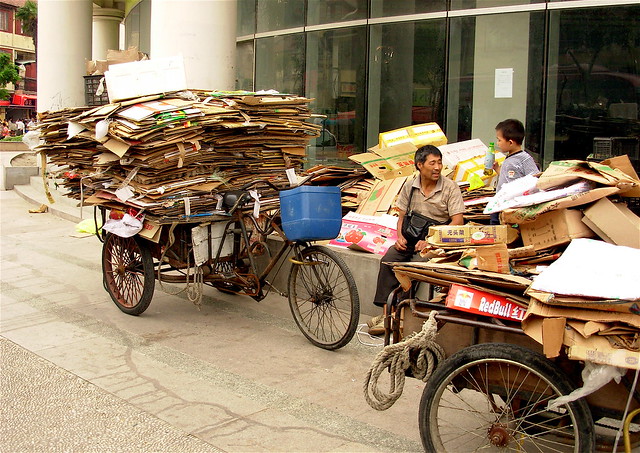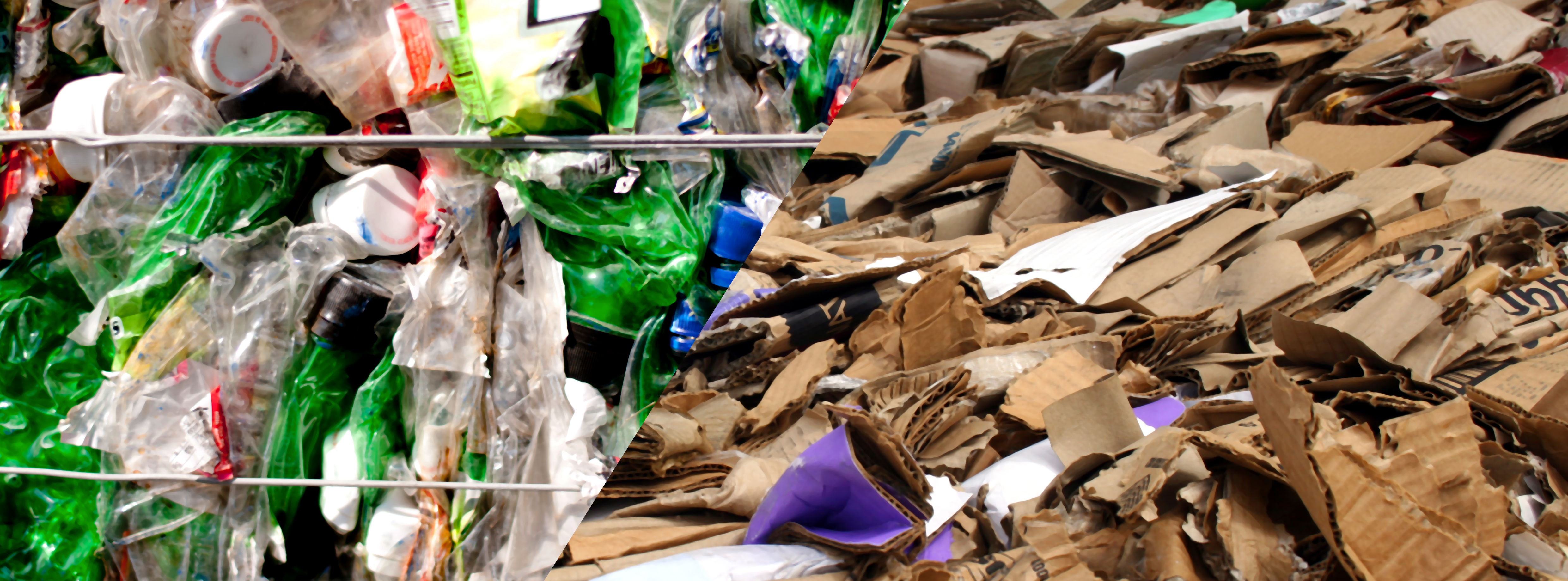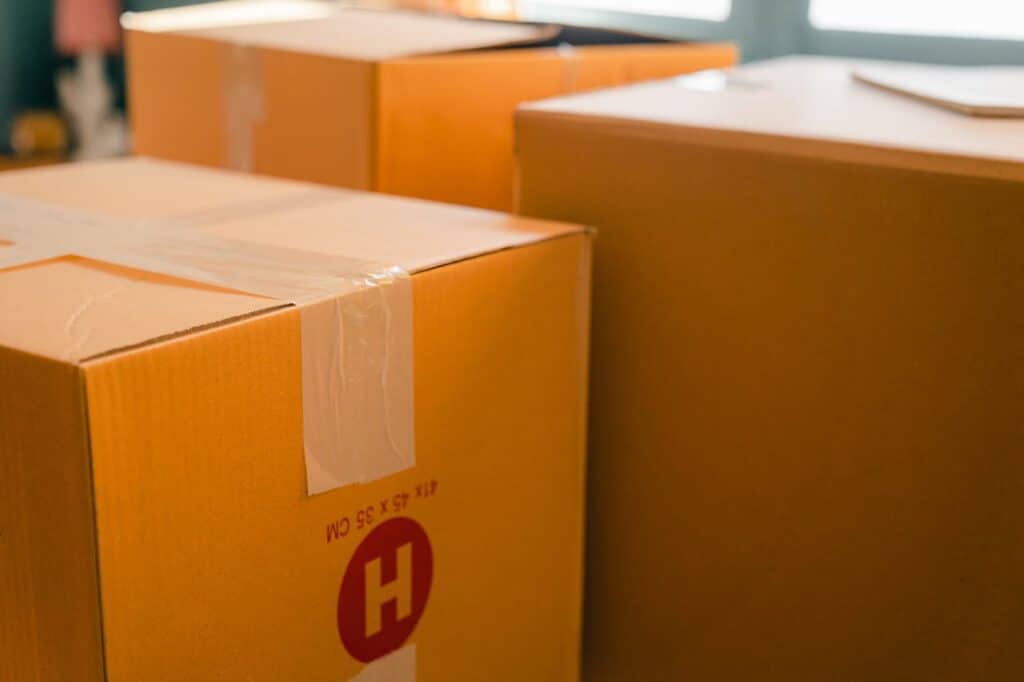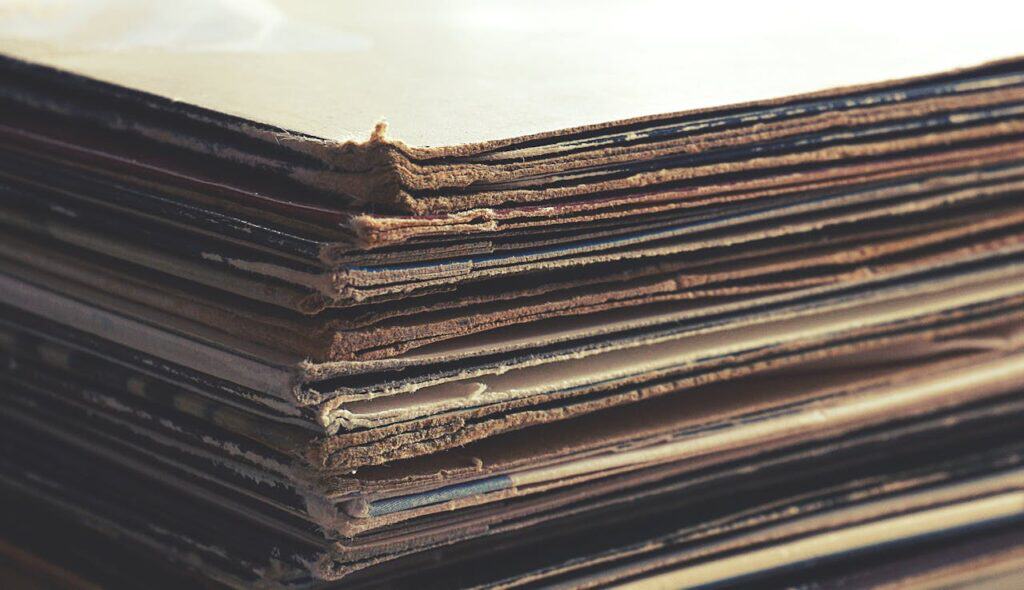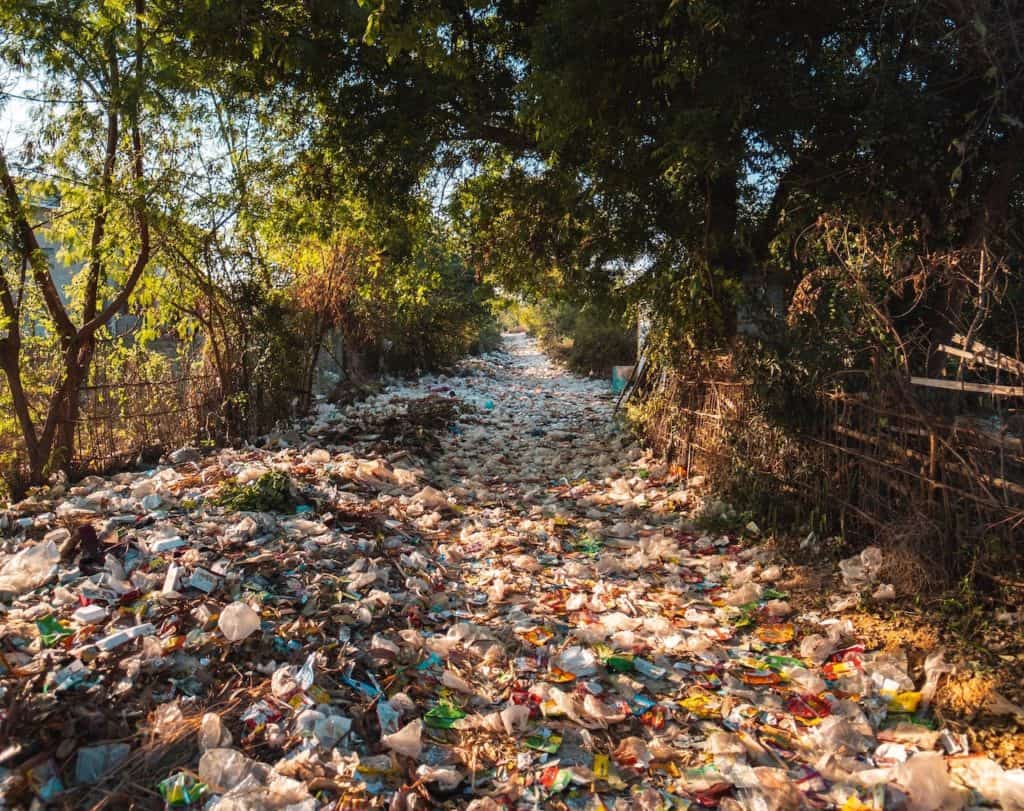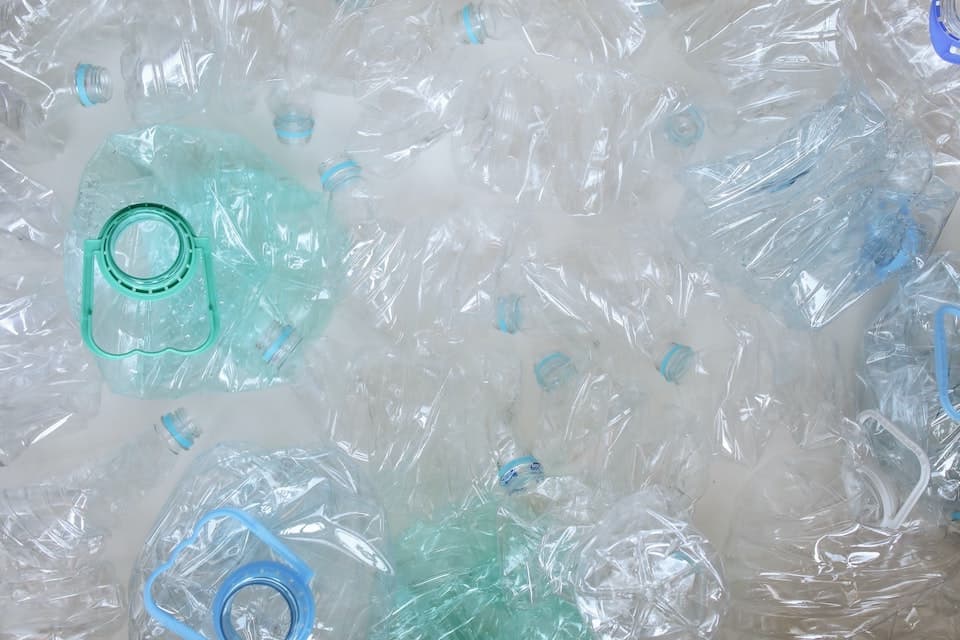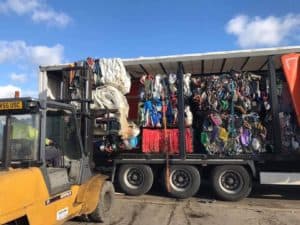2016 Cardboard Recycling Prices
Cardboard recycling prices are constantly changing, and 2016 has been no exception, with figures swaying between £65 and £105 per tonne. This post will go through all of the reasons cardboard recycling prices change and sway around the world, as well as the recycling process and why cardboard should be recycled!
How does the ferrous metals market affect cardboard prices though you may ask?
The price of iron-based scrap metals is volatile, and the market has been crying out for stability in recent times. As the price of ferrous metals dropped, a decline occurred in the number of material orders. Often ferrous metals, plastics, waste paper and cardboard will all end up on the same ship headed overseas. The reduction in orders is also related to reports from China stating that their material reserves are currently high, so they don’t need to order as much. Shipping costs have risen by as much as 70% in the last 18 months, which is damaging to the cost-effective transportation of materials. These shipping costs have increased in part to the number of shipping lanes in operation, as some have been removed, resulting in an increase in the demand for freights and containers.
Cardboard Recycling Process
Cardboard is separated into at least two different types, which are quite easily distinguishable. Consider the type of card that your cereal boxes are made from; it is a single layer of card. Now consider the sort of box a large package might arrive in, this corrugated cardboard involves two layers of card with a layer of wavy card between. These three layers improve strength and allow for pockets of air to make the package weigh less and thus cost less on postage. There is a third type of cardboard called Tetrapack which is still finding its legs in the recycling industry.
The separated cardboard is pulped in a similar way to paper, except soft wood-chips are added to the cardboard pulp to help solidify the old mixture into a new bond. Like with paper, alien materials are filtered out; with cardboard this is more likely to be tape and glue than paperclips. Inks and dyes are also removed whilst the cardboard is a pulp.
The pulp is pressed, heated and formed into versatile sheets that can go on to be made into new cardboard boxes. Often you will see ‘made with recycled content’ because the cardboard recycling process requires the input of some virgin materials for sufficient strength.
How recycling has changed over the last 10 years
Today, businesses and employees are a lot more ethically conscious. Many are keen to recycle as much as possible at home and expect the same practices to happen in the workplace. Recycling has boomed, becoming a normal activity; something subconscious and yet beneficial. Many businesses are keen to include recycling into their CSR framework because it’s good for their image, but some also know that the whole is greater than the sum, and a business has the potential to do a lot of positive work. With dozens, hundreds or thousands of employees adhering to a CSR framework, the synergy can grow the business an ethical persona, a socially responsible voice that not only lifts the image, but can transform sales figures.
Recycling sells more! Fact.
Many companies are now aware that having environmental credentials such as publicly published recycling rates, zero to landfill policies and even international recognized standards help them attract the right type of client or customer.
For example, many companies will have a procurement process now where the environmental impact of their supplier is part of the decision process. Don’t be fooled that this is purely for the manufacturing or food production sector, who typically generate a lot of waste. This applies to service based companies such as IT support and even legal services! If your company is greener then it’ll help your cause when you are pitted against a rival by a potential customer. This is also true of the waste management industry, CSR, being ‘green’ and sustainable in other business aspects can affect who will work with you, and not just look look at your cardboard recycling prices.
The high quality of products and services now means that it’s almost never an easy decision where to put your money. This, combined with the transparency of the internet and social media, means that it’s easy to find out who is doing good and who is doing bad. Where ten years ago there may have been a handful of choices for a product, now there is a myriad, and any advantage can help. Businesses love to bandy around facts and figures when making a sale, but in such a competitive world the tipping point of a decision can simply be made upon the sustainable and green aspects of a product or service.
Supply chain chain management now has a bigger focus than ever on procuring sustainable products and services. A new procedure for supply chain managers is to vet potential suppliers for their ethical standards, researching their environmental and sustainability policies. Ethically sourced products are know to have an intrinsically higher value.
Availability of services
Many of the trade waste collection companies are local or regional so there’s not always the same service in one area as another. Consistency of services is one factor in a company’s ability to recycle more. For example, a retailer with various locations throughout the UK will struggle to replicate the exact same service in every store. This may reduce the amount of material which is recycled. Additionally, the local contractor in one area may take a dry mixed recycling bin, the other may only take paper or cardboard individually, another may have great services but undesirable cardboard recycling prices. Over the last decade, we’ve seen a rise in the number of businesses who offer to manage waste contracts. Their duty is to organise collections to ease the pressure on businesses who run multiple sites. In addition, they often supply environmental and compliance reporting, which is essential when measuring recycling rates.
Ten years ago, backhauling waste was a new idea. Now companies who have a main depot and several branches around the company, sending transport to each via the central location, are bringing back materials from each of the premises. This is a great way of saving money and avoiding the problems caused by local recycling separation schemes, consider also the number of trucks that are saved from making collections. By backhauling, they are reducing their carbon footprint, carrying materials on a journey that was already due to happen. Then, they are turning the waste stream into a revenue, rather than a cost, which is another modern conception of our industry. It’s also an innovative idea that benefits your business image.
The revenue model
For businesses with larger volumes of packaging waste, the cost of equipment has lowered significantly, and far more options are available. There are various different types of machines and procedures that can be tailored to the specific needs. Many companies are selling their waste as a resource and are turning a service that used to cost money, into a profit centre.
Many businesses perhaps don’t realize that they could be making money from their recyclable waste, and are giving it away for free or paying to have it collected, when the strength of cardboard recycling prices could really benefit them. Some may see recycling and CSR as a side-mission, or a distriction from core business objectives. The benefit of making money from selling these resources is that the funds can be re-invested into further CSR initiatives, allowing the ‘side-mission’ to sustain itself and increase ethical business value over time.
The increase in environmental and social concerns over the last ten years has lead to many sustainable business endeavours, some of which are vital for consumer and client decisions. Consider ‘Free-from’, ‘Fairtrade’ and ‘No added preservatives’, as we become socially aware of the problems in a product or service, we can use CSR to adjust them.
Legislation
Environmental reporting and audit trails are now more important than ever. We have seen a significant increase in the amount of information companies are required to keep records of over the last decade. Some businesses actually wish to visit the destination point of their waste materials, as what goes on beyond collection is not spoken of very often.
Legislation is always being written and designed to make recycling easier and more cost effective, whilst making landfills tighter and more expensive. The government may have confusing regional plans that make recycling distorted, but they mean well, and are aiming to make England a Zero Waste nation within the next decade. Cardboard recycling prices will rise with the cost of landfills, as it makes more economic sense to recycle when the opportunity is there.
Who benefits?
Well, UK paper mills and cardboard traders might actually benefit from these events. As it becomes increasingly expensive to export the materials, they become more valuable to the domestic market, which will see prices rise, as demand is good, and there’s a slight shortage of materials. As domestic mills store their material, and the China stores begin to deplete, the price may potentially shoot back up, and perhaps the demand for more freights may resolve with more ships, and the transport prices can begin to fall again.
Cardboard recycling prices in the last ten years
The price of cardboard and other paper grades such as newspapers, magazines and office paper are dependant on world markets. China is still one of the biggest consumers of recycled cardboard and their global power affects pricing in the UK. Some of the other factors include:
Transport costs: Moving the cardboard around on lorries and ships is not cheap, and some businesses try to pay less for cardboard to offset their transport costs. Higher shipping fees equate to a higher overall cost per tonne, which does not benefit anyone.
Virgin material costs – Depending on the quality of the cardboard, it often needs to be recycled with a combination of virgin material. If this virgin cardboard is more expensive, it means the mills may be unwilling to pay a high price for the recycled cardboard too, leading to difficult negotiations.
Quality of the material: Generally speaking, the cleanest and best sorted material carries a higher price. Moisture content is a leading factory in quality check and CCIC inspections are often carried out for container loads bound for China.
Weather conditions: Storms and bad weather often have an impact on the shipping and collection of material. Christmas and Chinese New Year (which can last around three weeks) also commonly have ‘export blockages’ due to seasonal trading.
How do recycling centres sort and sell cardboard
Recycling centres receive cardboard in skips, wheelie bins and roll on/off containers, sometimes this material arrives fully segregated and ready for the baling line. Other times the cardboard is mixed with other waste streams; this is where a sorting line is used to pull out the recyclable materials which will also include plastic, wood and metals.
When selling bales of cardboard, it’s important they are wire tied using a standard mill size machine. This allows the waste producer/supplier to gain the best possible price as the baled cardboard can then be used by a paper mill.
Most of our cardboard from the UK is still exported, however some specialist grades of paper can be used within the EU, for example The Netherlands and Spain.
What does Brexit mean for cardboard recycling?
2016 saw one of the biggest political shocks in British history, with 52% of the people voting to leave. Handing more power to a government that does not prioritise the environment as important is worrying, as is the falling value of the point. Since the EU referendum in June, cardboard recycling prices have seemingly risen, which may give hope to many, but it is simply the currency finding its natural levels, and inflated prices increase that. When £65 used to buy a tonne of cardboard, the same tonne now costs £85. The price has barely changed for those in different currencies.
Being in the EU was a strong positive for the environment, and the CIWM and many experts in the environmental sector were openly against leaving. With nobody to be accountable too, there is no onus on maintaining this industry. With the EU ‘red tape’ being cut, the environment, recycling, sustainability and the circular economy must not be sacrificed. Uncertainty looms now as it did when the 52% won, and the industry knows that it will have to play nice, work together and be resolute.
What next for cardboard recycling prices?
Recent improvements in the recycling industry relating to paper and cardboard waste are likely to see a healthy increase in prices. Technology has been developed to more easily recycle types of paper that were previously quite difficult, such as corrugated paper and paper packaging that has a glossy coating. These developments will see paper recycling and cardboard recycling become cheaper and more effective. Due to this reduction in costs, paper and cardboard recycling prices should increase steadily.
Credit to https://www.flickr.com/photos/criminalintent for the featured image
